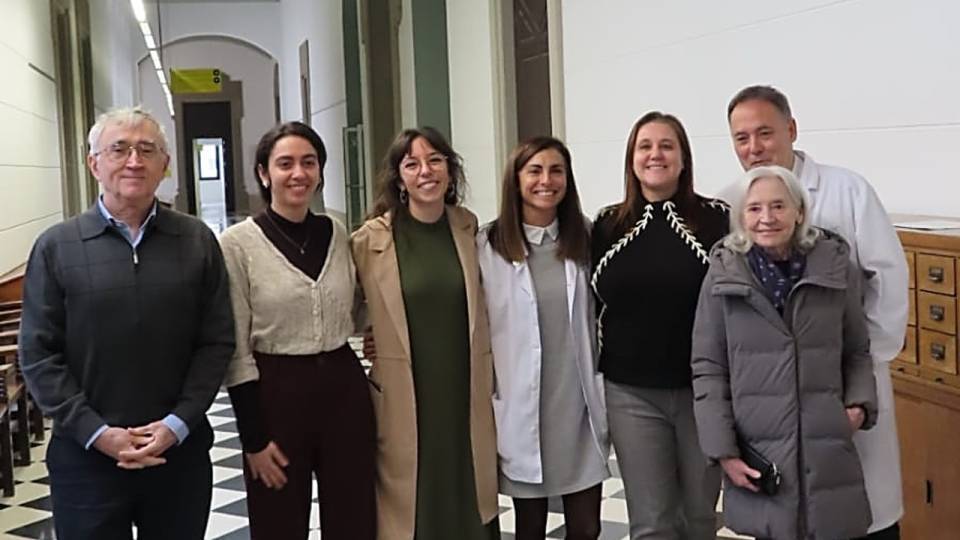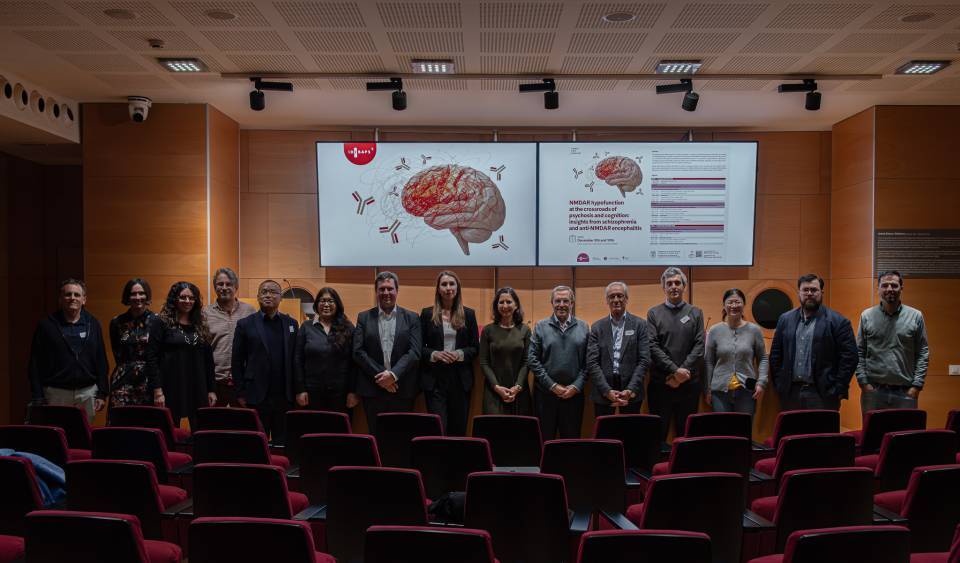These testicular lymphomas, which mainly affected older men, primarily develop in the testis, an immune-privileged site, in other words a place that for physiological reasons is less subject to immune responses, something that may favour the growth of tumour cells.
Now, the genetic analyses that were carried out in this study published in the journal HemaSphere, in which 7 centres in the Spanish Lymphoma and Bone Marrow Transplant Group (GELTAMO) participated, consolidate the idea that testicular B-cell lymphoma could be recognized as an entity independent of diffuse large B-cell lymphomas, and would be more similar to other lymphomas that occur in immune-privileged sites, such as the central nervous system or the eyes (specifically in the vitreoretinal region), but which are not a homogenous group as described previously.
"The genetic alterations described in this work could provide information to allow for the design of new, specific therapeutic approaches for testicular B-cell lymphoma", note Alfredo Rivas and Cristina López, researchers in the IDIBAPS Lymphoid Neoplasms and Molecular Pathology of Lymphoid Neoplasms groups respectively, and first co-authors of the project.
In this project, samples of 61 testicular lymphomas were sequenced using state-of-the-art techniques, chromosomal gains and losses were studied, and chromosomal rearrangements of certain oncogenes were analysed, as well as the mutational profile of over 100 genes. The resulting genetic profile was compared with diffuse large B-cell lymphoma and with primary central nervous system lymphoma, another lymphoma that occurs in an immune-privileged site.
All these studies have shown alterations in genes related to the B-cell signalling pathway and in genes that contribute to immune evasion, and frequent deletions have also been detected in CDKN2A/B tumour suppressor genes and gains of oncogenes such as BCL2. These genetic alterations coincide with those described in primary central nervous system lymphoma and differ from alterations in diffuse large B-cell lymphomas. “The relevance of these results was highlighted recently by the editor-in-chief of the journal HemaSphere, Jan Cools, who selected the article as a “must-read paper” for the month of December”, states Sílvia Beà, also researcher at Molecular Pathology of Lymphoid Neoplasms IDIBAPS research group and coleader of this project.
In short, although current classifications of lymphomas tend to consider testicular lymphomas, and others of extranodal origin from immune-privileged sites, as a single group, our data suggest that it is quite a heterogeneous group from a genetic point of view. Thus, as the authors, Sílvia Beà and Armando López-Guillermo, head of Lymphoid Neoplasms IDIBAPS’ research group and coleader with Beà, point out, further studies are required to understand the biology and, therefore, to find a better way to treat these lymphomas.
Reference article
Rivas-Delgado A, López C, Clot G, Nadeu F, Grau M, Frigola G, Bosch-Schips J, Radke J, Ishaque N, Alcoceba M, Tapia G, Luizaga L, Barcena C, Kelleher N, Villamor N, Baumann T, Muntañola A, Sancho-Cia JM, García-Sancho AM, Gonzalez-Barca E, Matutes E, Brito JA, Karube K, Salaverria I, Enjuanes A, Wiemann S, Heppner FL, Siebert R, Climent F, Campo E, Giné E, López-Guillermo A, Beà S. Testicular large B-cell lymphoma is genetically similar to PCNSL and distinct from nodal DLBCL. HemaSphere. 2024 Oct 7;8(10):e70024. doi: 10.1002/hem3.70024. PMID: 39380845; PMCID: PMC11456803.




